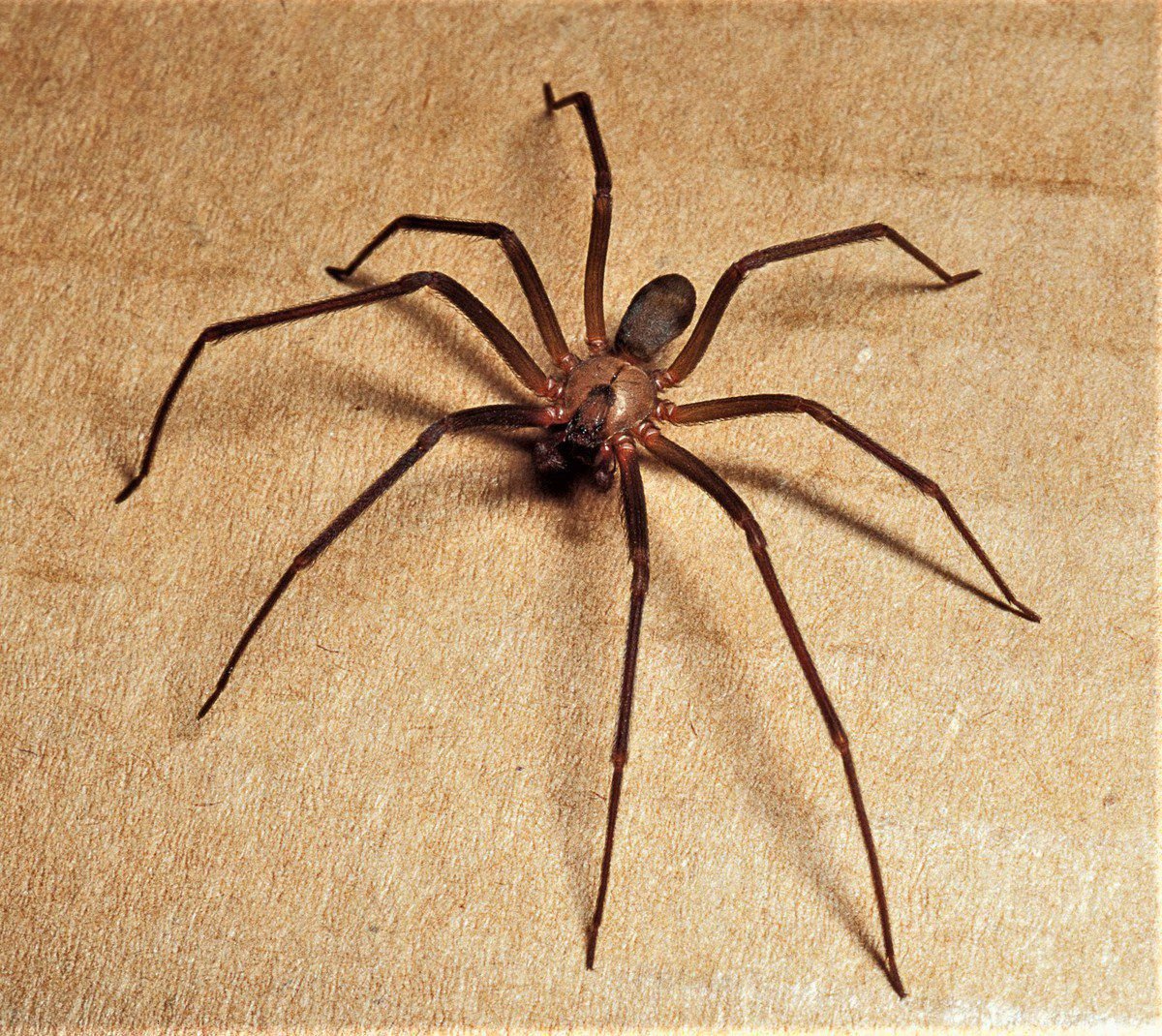


Applying plastic wood filler or wood adhesive to seal cracks in floorboards.
BROWN RECLUSE SPIDER WINDOWS
Using weather-stripping around windows and window frames.Other methods for helping keep a brown recluse infestation away include: Since brown recluse spiders are known to populate in aforementioned areas of the house and shed, it is recommended these areas be properly sealed to help prevent an infestation.Storing household items in sealed plastic containers can be effective protection for your belongings. They have been known to make their homes in sheds, crawl spaces, fireplaces, closets and behind furnaces. See above for proper treatment of bites.īrown recluse spiders typically make their home in secluded areas of the house and property, in cracks and crevices that have not been sealed or caulked, and in areas where they cannot be observed during their nocturnal wanderings in search of prey. How a person is effected by a brown recluse bite is largely dependent on how much venom was injected and how the person reacts, since different people may have different reactions. When brown recluses bite a human, the bites they administer are venomous. They can increase their numbers to large populations in short periods of time. Once brown recluse spiders have established themselves, they are difficult to control. You may need to consult your doctor if the bite becomes infected.īecause brown recluse spiders have been known to hide in boxes, infestations often occur when these items are moved from one location to another and later stored in dark, damp places within the home. Observe the bite for signs of infection.Take over-the-counter medications as needed.If the bite is on the arm or leg, elevate it.Apply a cool compress to the bite to help reduce pain and swelling.Clean the bite with mild soap and water and apply an antibiotic ointment.If you have been bitten by a brown recluse spider, the Mayo clinic recommends the following treatment:.What the area around the bite looks like.
BROWN RECLUSE SPIDER SKIN
Though brown recluse spiders are widely feared by many people, they’re rarely aggressive and rarely bite. And not only do they rarely bite, but people often mistake bites from various insects or other skin irritants as brown recluse bites.There are some things that can help you determine whether or not you’ve been bitten by a brown recluse spider, including:

However, wolf spiders lack the “fiddle shape” that is a characteristic of the brown recluse and have distinguishing stripes and/or bands on their bodies and legs. The brown recluse is often mistaken with the wolf spider, of which there are over 200 species living in the U.S. Sometimes referred to as the “violin” or “fiddleback,” the brown recluse spider has a distinguishing violin-shaped marking on its dorsum. Their long thin legs have a silky appearance to them due to fine hairs that grow along the entire length. The brown recluse is a fast runner and will likely evade pursuit if seen within a household.īrown recluse spiders range in color from a light tan to a dark brown, with no distinguishing stripes or bands. The brown recluse web is usually not produced in open areas where it can be easily identified. The brown recluse is about one-half inch in size, and it is further distinguished by having six eyes instead of the usual eight eyes found in most spiders. Typically, they hunt for their prey at night.īrown recluse spiders are known by their species name Loxosceles reclusa. While brown recluse spiders prefer to dwell outdoors under woodpiles or other organic debris, some have been found adapting to the human environment by living and thriving indoors in households, as well as in sheds and barns. The brown recluse spider can inflict a serious and painful wound with its bite, which is venomous, sometimes requiring medical attention. True to their name, they prefer to be “reclusive,” and to hide in out-of-the-way places in households such as crawl spaces, attics, garages and cellars.

They generally live and thrive in homes and buildings. Brown recluse spiders, while found primarily in the southern and southeastern United States, have also been known to migrate to other areas of the country.


 0 kommentar(er)
0 kommentar(er)
